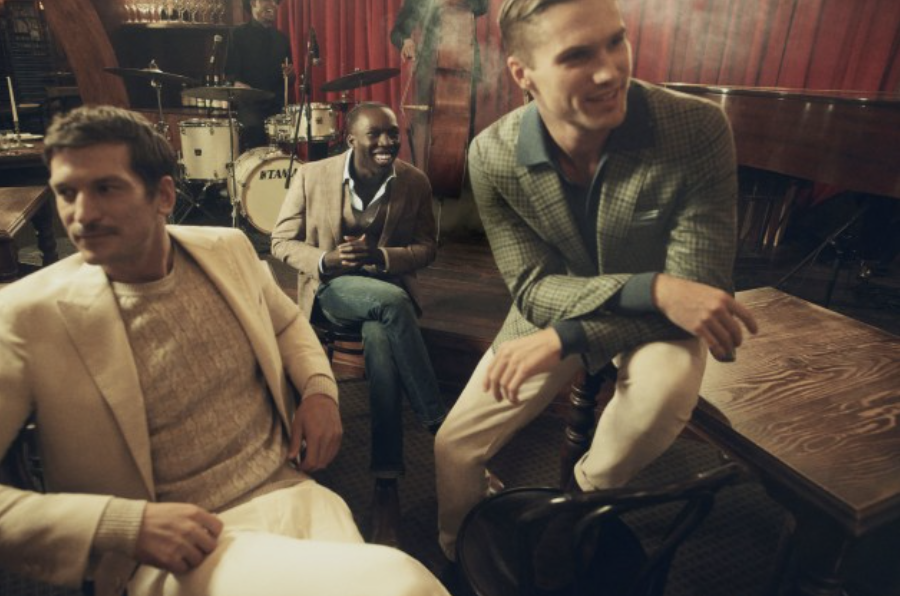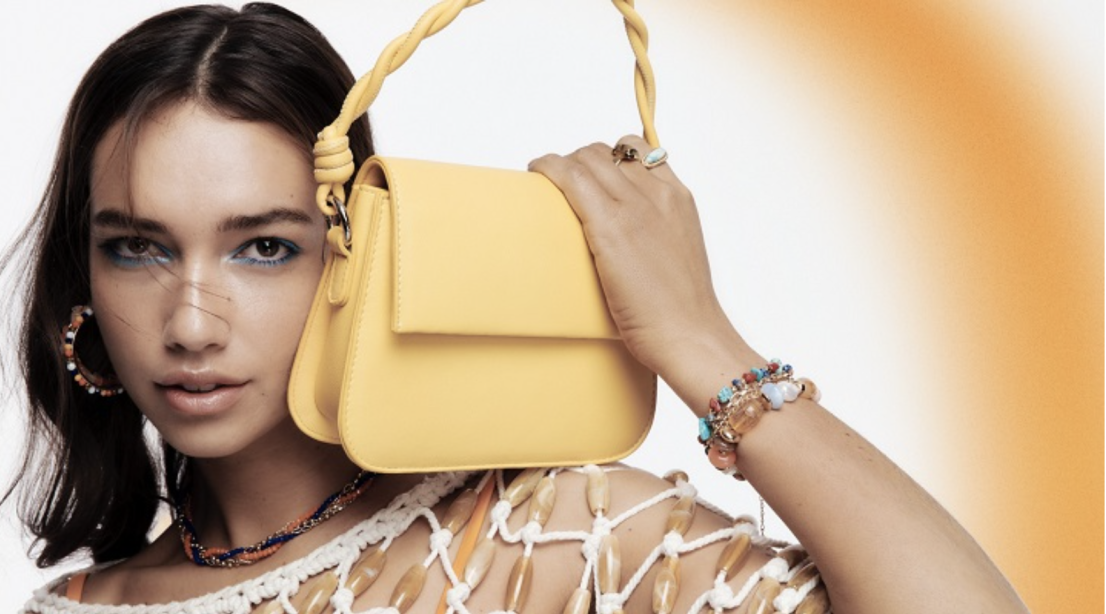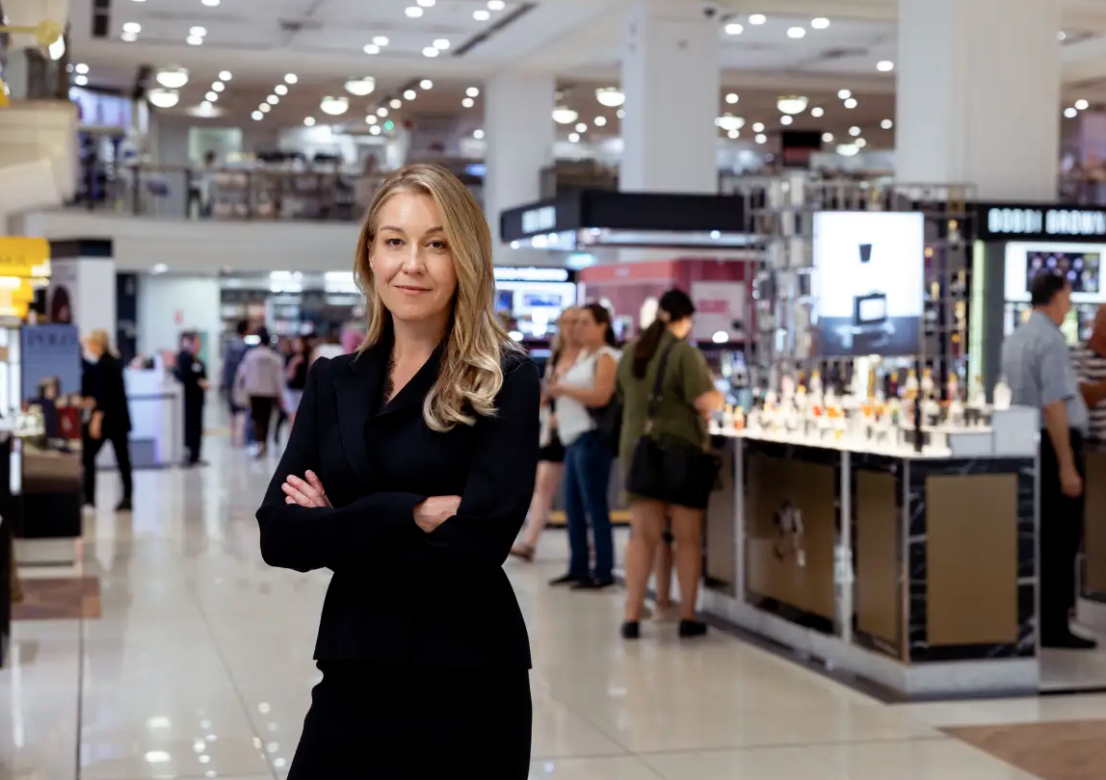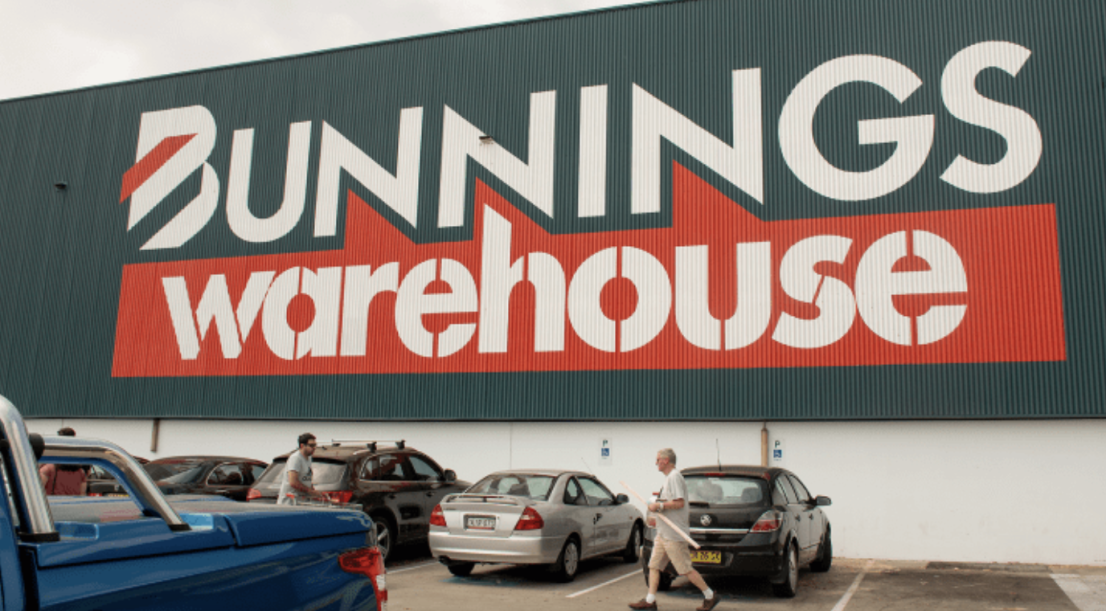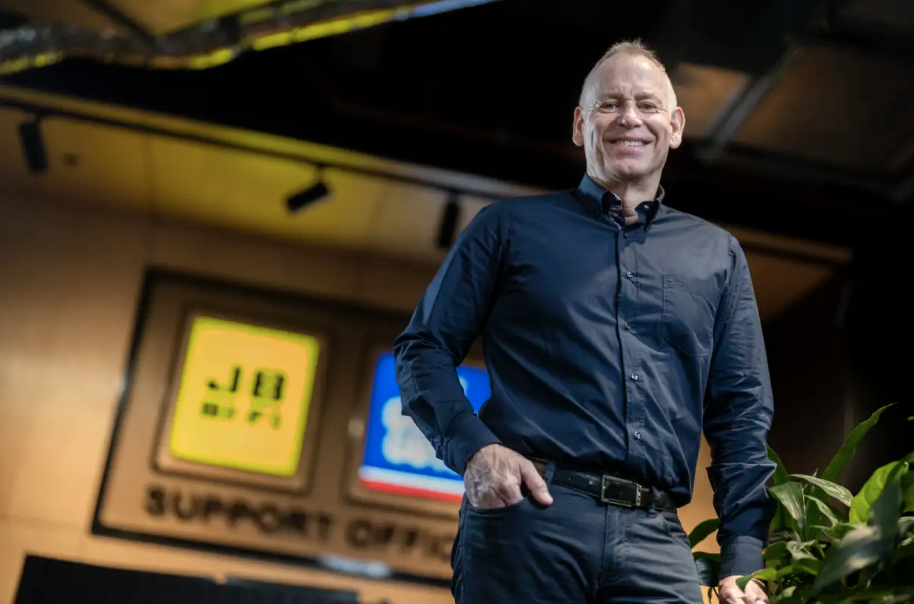
Wesfarmers-owned hardware giant Bunnings and food producers with large market power could be brought under a compulsory version of the Food and Grocery Code of Conduct set to be overhauled later this year.
But an inquiry led by respected economist Craig Emerson has downplayed calls for winemakers to be protected by the code, finding they did not readily fit into a scheme designed to cover supply of “groceries”.
“Many suppliers of grocery products are particularly vulnerable to the supermarkets’ market power because these suppliers do not have other avenues to sell their products at scale,” Dr Emerson said.
“In contrast, wine is sold in liquor stores across Australia, and in some states, wine is not available in supermarkets. Furthermore, around 60 per cent of Australian wine is exported.
“For all these reasons, the review considers it is not clear that there is a compelling case for adding wine to the products protected under the code [and] there are similar issues with other alcoholic beverages.”
Bunnings, however, controls 70 per cent of the retail horticulture market, more than the 65 per cent share of supermarkets controlled by Woolworths and Coles, prompting suppliers to raise similar concerns about its buyer power.
“By volume of units sold in their stores, plants are second only to tins of paint,” Greenlife Industry Australia said in its submission to the review of the food and grocery code being conducted by Dr Emerson, a former Labor minister and a columnist for The Australian Financial Review.
Bunnings disputes Greenlife’s claim and believes its share is closer to 30 per cent of the nursery market.
Code coverage of Bunnings would only cover its nursery division because that is the only area where it holds market-distorting power by being the only or main buyer to many suppliers across the country.
Dr Emerson concluded the case had not yet been made to expand the code to other retailers such as Bunnings, though he left the question open to more consultation, allowing Bunnings’ suppliers to argue the case.
He suggested Bunnings and its suppliers work together to form a voluntary code of conduct or similar document that gives suppliers similar standing as those covered by the compulsory code.
“The final report of this review will consider this specific issue further,” he said. The report is due to be handed to the government on June 30.
Poor conduct by chicken processors
An interim report being released on Monday also raised the prospect of producers sitting between farmers and supermarkets being brought under the code.
Family-owned Baiada Poultry and the publicly listed Ingham’s Enterprises supply about 70 per cent of Australia’s meat chickens, while about 80 per cent of chicken meat comes from about 700 chicken farmers.
“There are no fundamental issues of countervailing power between processors and supermarkets, and in fact in terms of farmer negotiation, processors are effectively acting as proxies for the supermarkets,” the Australian Chicken Growers’ Council said in its submission to the inquiry.
“That does not stop supermarkets ‘frightening’ meat poultry processors daily with increased demands (e.g. RSPCA accreditation, ‘swap’ to another processor etc).”
Dr Emerson said he had heard from farmers about examples of poor conduct by processors, but said a mandatory code “could result in it being unwieldly and imposing unnecessary compliance costs on an extended range of parties”.
That said, he called for submissions on what provisions should be added to the code to ensure that farmers who deal with aggregators or processors do not miss out on the protections provided in the Code.


